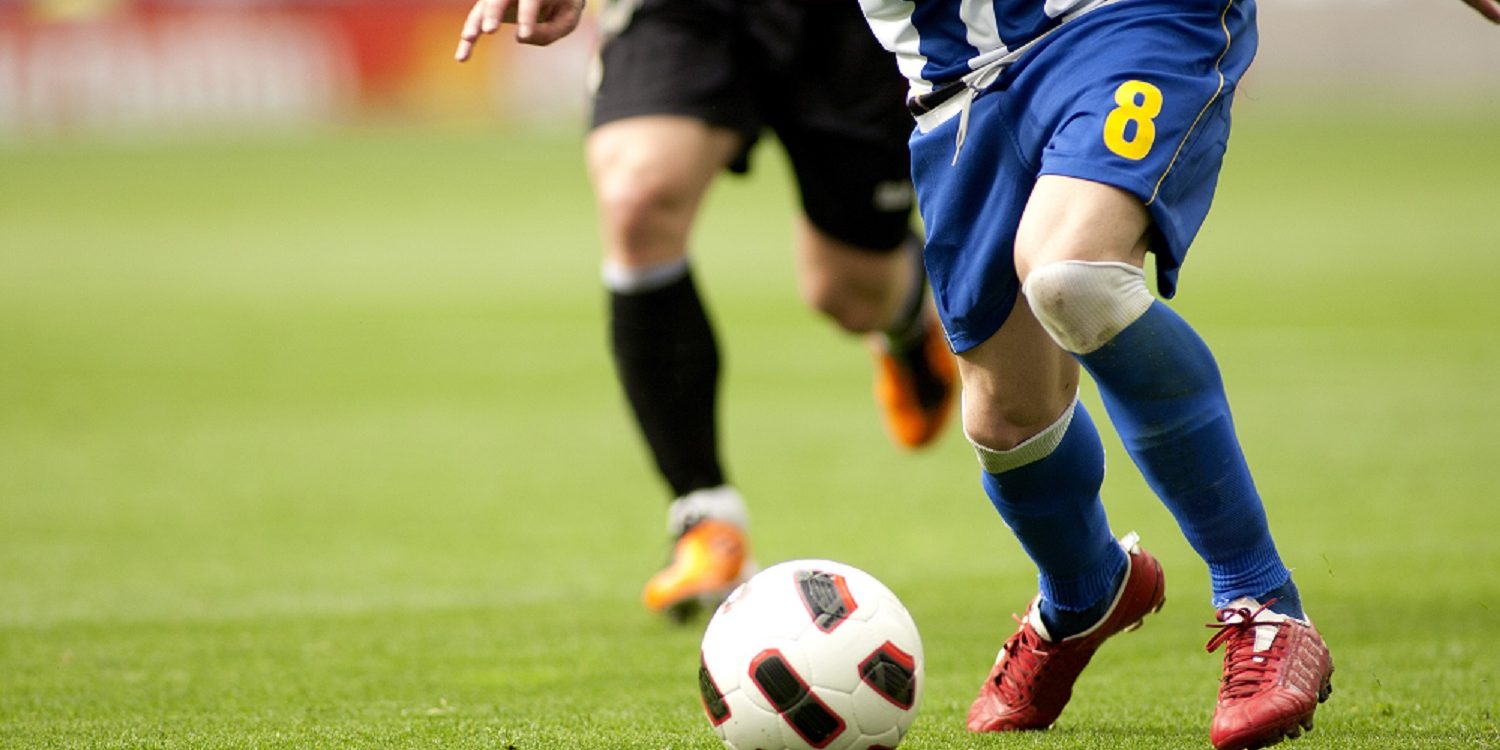~~'Don't get mad at kids for struggling' (Q&A with Doug Lemov, )
Interview by Mike Woitalla
Coaching clinics, practice vs. game coaching, communicating with a struggling player, and overcoaching are the topics in Part 3 of our interview with Doug Lemov, the author of highly acclaimed school teaching books "Teach Like a Champion" and “Practice Perfect.” Lemov has been working with the U.S. Soccer Federation to improve coaching through better teaching.
SOCCER AMERICA: I believe that one problem with coaching education is that when adults go to coaching clinics or licensing programs, they watch experienced coaches demonstrate practice sessions with players who are either the adult participants or obedient guest youth players on their best behavior because they’re on stage. When the student-coaches try these exercises with their team — with young children who are understandably rambunctious after a long day at school — the session that ran so smoothly at the clinic becomes chaos in practice. The coaches become frustrated, perhaps angry or insecure. If you agree that this is a likely scenario, is there a solution?
DOUG LEMOV: Agreed. I am a big believer in practice. I actually think it’s useful to practice with compliant adults to get better at the delivery and content. But then you also need practice handling kid situations. And as people who run practice for a living we ought to be pretty good at designing solutions.
You could, for example, play copy-cat. Run a practice with a coach. Say, “The first time you’re going to watch me bring them in and give them feedback. Watch how I set expectations then scan to make sure they’re attentive. Then the next time you do it.”
If the person I’m training struggles I’d have them practice with just me playing the role of a less-than compliant kid, over and over.
You can also practice “skills” like the five skills [outlined in Part 2 of this interview] with adults to get better at them before you use them in front of kids. And when you do, you can get feedback so you know where to improve. In short, getting people to pay attention is a skill that responds to practice before the game.
SA: Do you have any advice on communication with children struggling to master a skill?
DOUG LEMOV: Three thoughts.
1) Normalize struggle and error.
Of course they’re struggling. Who doesn’t? Getting it wrong and then getting it right is the fundamental condition of learning. So don’t get mad at kids for struggling. Encourage them not to be afraid. Remind them that if it was easy everyone would do it.
2) Keep it quietly and relentlessly positive.
“I know you’re going to get this. It’s just a matter of hard work and I know you’re not afraid of that.”
3) Remain emotionally constant.
This applies to a lot of coaching situations including but not limited to struggling to master a skill. When you insert your emotions — your frustration, your anger, your sarcasm — you insert a whole topic of focus and inquiry (Is he mad at me? Why? Does he get mad equally at other players? Do I deserve this? Does he sound like my dad when he’s mad?) That distracts players from the thing they need to focus on: trying to learn. It makes learning inefficient. Be steady at the helm.
SA: All the advice you’ve given us is intended for training sessions. What’s your view on “teaching” during games?
DOUG LEMOV: Well, I offer these comments cautiously. I know more about practice than games, more about learning than performing. So here are some thoughts from an educator but they may not always apply.
Generally, I think it’s hard to teach during a game. It can even be counter-productive sometimes. Generally, if you shout guidance to someone during a game and the thing you’re shouting about isn’t something you have explicitly taught them how to do, you risk causing them to do one of two things: 1) engage consciously in thinking about what you said or 2) practice ignoring you. …
What you can do is help players make small tactical or technical adaptations especially if: 1) they refer back to things you have explicitly learned in practice 2) your language is efficient, and 3) you can time the guidance so it doesn’t come when players’ cognitive load is already maxed out.
SA: As I mentioned at the beginning of this [three-part] interview, I'm a bit uncomfortable comparing coaches to schoolteachers because, besides the other differences, soccer is playtime. And I think that well-intended coaching education often creates coaches who coach too much — not only taking the fun out of it, but denying the children the freedom to explore the game on their own terms. As we know, the world’s greatest players had the luxury to play without adults around. Can you allay my fears that your advice won’t encourage overcoaching?
DOUG LEMOV: I think the game gets more fun when you understand it better and are more successful at it. So I don’t think good teaching is antithetical to fun. But you’re right that overcoaching can be a problem.
I think our conversation a minute ago kind of gets at what that might look like in a game — trying to teach in a game what really needs to be taught in practice probably results in a lot of overcoaching — a kid trying to execute in a game while a shouting adult tries to tell her what to do (and what she might not know how to do) in real time.
In practice, on the other hand, overcoaching might mean an overload of verbal information and not enough “engineered doing.” You want them to play a lot and when you design how they play intentionally you can talk less and just guide their experience with short bursts of feedback.


